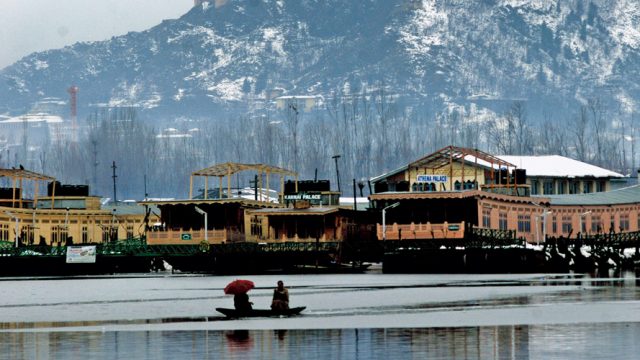The charming Kashmir valley is justly renowned for its great natural beauty. However, such a perspective would only be, at best, incomplete. Once upon a time, in the distant geological past, the valley was a gigantic lake, hemmed in by mountains on all sides. Much like the Kathmandu Valley in Nepal, due to an earthquake or longer geological processes, there appeared a breach in the mountainous ring, and the lake was drained in the form of rivers, and the fertile valley was laid bare.
In historical times, the valley has been an important and prosperous region, at the forefront of pan-Asian art and trade. It has given rise to dynasties which have ruled much of northern India as well as Pakistan, Afghanistan and even parts of Tibet at various points in time. It has also seen the flowering of all three of the subcontinent’s main religions: Buddhism, Islam and Hinduism. However, the rich and varied history of the valley is often unknown to the average summer tourist. Here’s a handy guide to some facts that you may not be aware of.
- Ashoka is said to have founded a city near modern Srinagar, called Pandrethan.
- According to some scholars, Emperor Kanishka of the Kushan dynasty held the third great council of Buddhism at a spot near the Shalimar Bagh.
- Kashmir was a flourishing centre of Buddhist Sarvastivada learning and became the main transmitter of Buddhist thought to Tibet and China. In fact, the famous murals of Alchi in Ladakh is said to be painted by Kashmiri painters.
- The 8th-century CE Kakota dynasty king Lalitaditya Muktapida was a towering figure in conquests and building. He built the Martand Sun Temple.
- King Avanti Verman of the 9th-century CE Utpal Dynasty was another renowned ruler, who oversaw a flowering of literature and building works, such as the Avantipur Temple near Srinagar.
- Kashmir came under King Harsha’s rule from 1089 to 1101.
- The first Muslim king of Kashmir was a Buddhist! In the early 14th century, a weak ruler called Sahdeva could not stand up to Mongol invaders. At this time three adventurers, Shah Mir from Swat, Rinchin from Ladakh and Lankar Chak from near Gilgit came to Kashmir. All were granted Jagirs by Sahdeva. Rinchin then succeeded in becoming king for three years. He tried to woo the Hindu authorities and was ready to convert to Hinduism but they did not cooperate. Rinchin then converted to Islam.
- Shah Mir was the first ruler of Shah Miri dynasty, and the descendants of Lankar Chak established Chak rule in Kashmir.
- A notorious king was Sultan-Sikandar. A bigot who banned celebrations and music, he imposed the Jaziya tax on Hindus and destroyed temples such as the famous Martand Temple.
- His son, Sultan Zain-ul-Abidin (1420- 1470) was just the opposite, more in the mould of Akbar. He promoted the arts, learning, music and painting and the flourishing of papier mache, silk work and Kashmiri shawls is attributed to his time.
- The Mughals were in power in Kashmir from 1587 to 1752.
- Jahangir came to the valley 13 times, and Shah Jahan visited often. Aurangzeb visited only once.




